In June at the eMerge Americas investors conference, Magic Leap founder (and NR50 member) Rony Abovitz proclaimed that the launch of their flagship product was "not far away."
Nearly three months later, an eternity in the tech world, and we have not heard an official launch date from the company. However, reviewing some recent paperwork from the company gives us something with which to speculate.
Last month, the US Patent and Trademark Office granted a patent to Magic Leap for the "ornamental design" of virtual reality glasses that were originally filed in 2015.
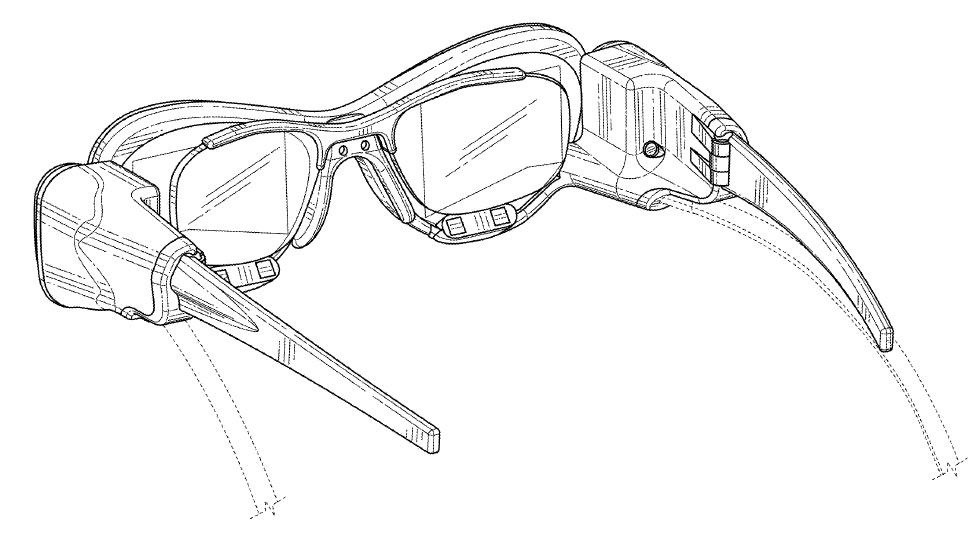
In a statement to Business Insider, the company denied that the diagrams depict Magic Leap's product. However, the patent becomes even more interesting when reviewed in the context of a paper published in May through by Scientific Reports and written by scientists from Magic Leap and the Berkeley Lab.
The authors present research with ultrathin optical metasurfaces, which are better capable of controlling light than standard optics. The silicon-based metasurfaces are composed of nanobeams that can be engineered to modulate the phase of transmitted light to produce colors, emulating the behavior of butterfly wings.

In practical terms, the authors also note that the silicon-based metasurfaces "can capitalize on the extensive and mature fabrication technology that is available for this material."
Now, look again at the diagram of from the patent. Could the pair of rectangles within the lens area of the glasses be the optical metasurfaces referenced in the paper?
Another paper published in July through Cornell University lends some insight into the software side of Magic Leap.
"Toward Geometric Deep SLAM," authored by Magic Leap employees Daniel DeTone, Tomasz Malisiewicz, and Andrew Rabinovich, details a point tracking system consisting of two neural networks, MagicPoint and MagicWarp. MagicPoint identifies "SLAM-ready" points on images and outperforms traditional point detectors. MagicWarp estimates homography between pairs of point images from MagicPoint.

The authors note that, because the networks learn from "simple, synthetic data," the system can exceed 30 frames per second on a single CPU. Such an achievement would help Magic Leap minimize the size of an AR headset or smartglasses.
While it would not be prudent to jump (or even leap) to conclusions, connecting the dots, or points, does draw a realistic picture of what we could expect.
Just updated your iPhone? You'll find new features for Podcasts, News, Books, and TV, as well as important security improvements and fresh wallpapers. Find out what's new and changed on your iPhone with the iOS 17.5 update.
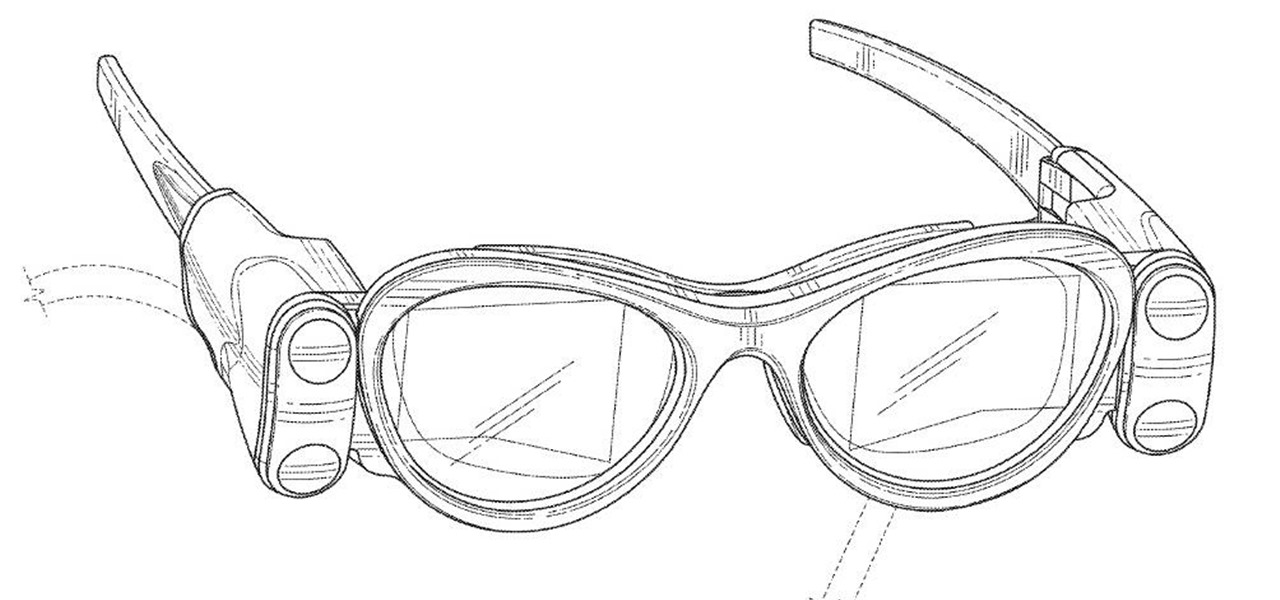












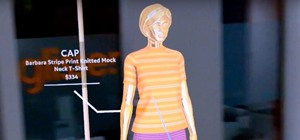

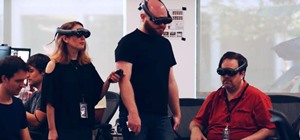

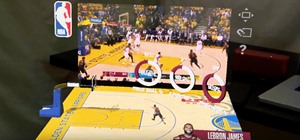

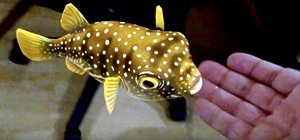


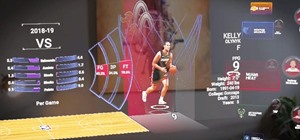




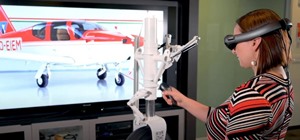




Be the First to Comment
Share Your Thoughts